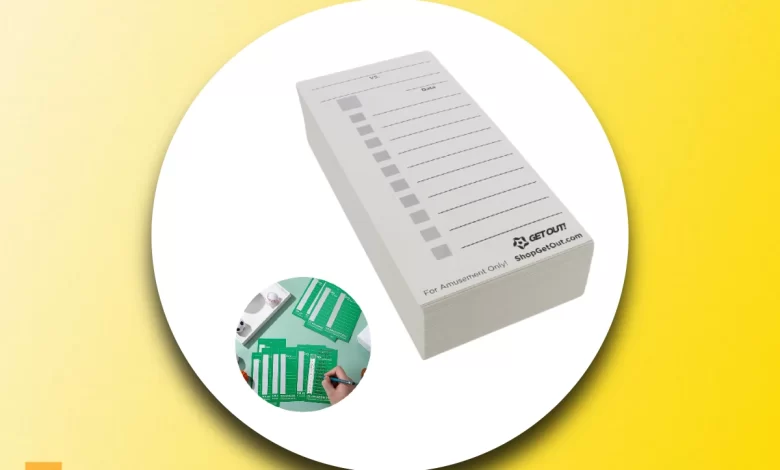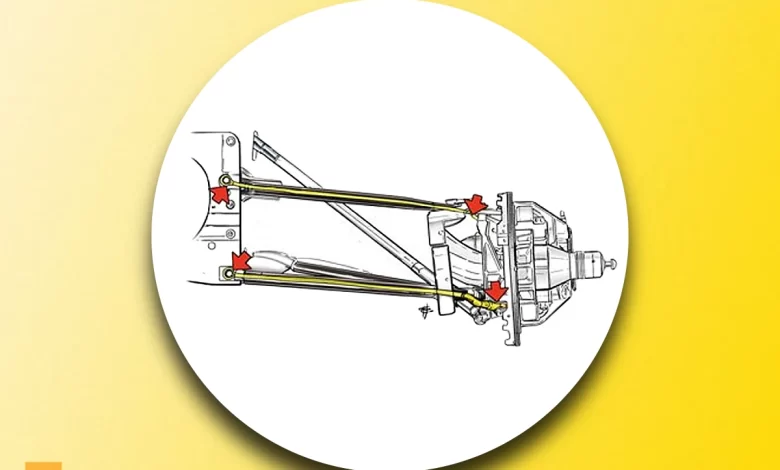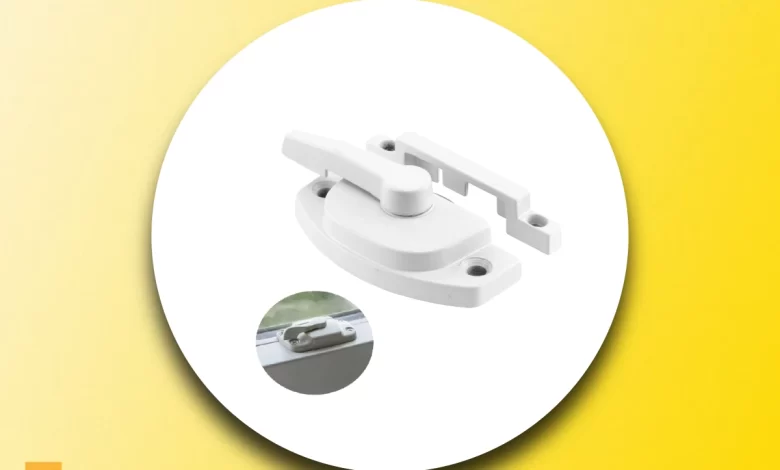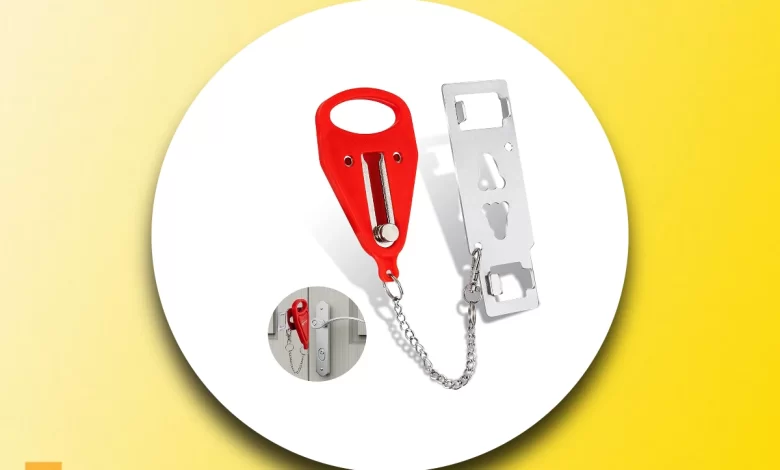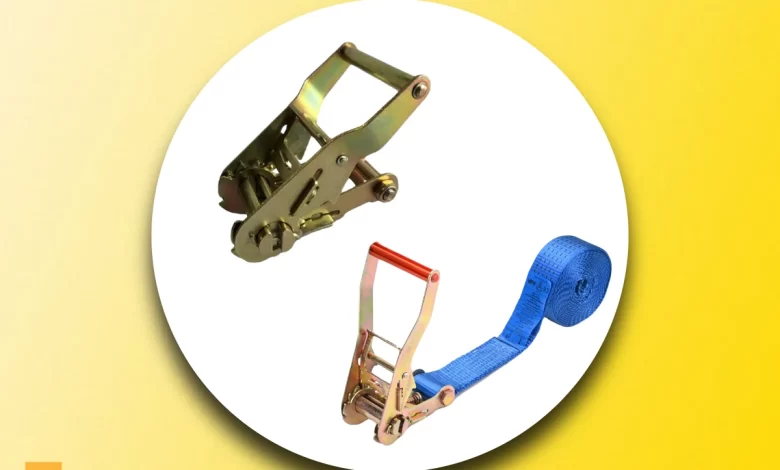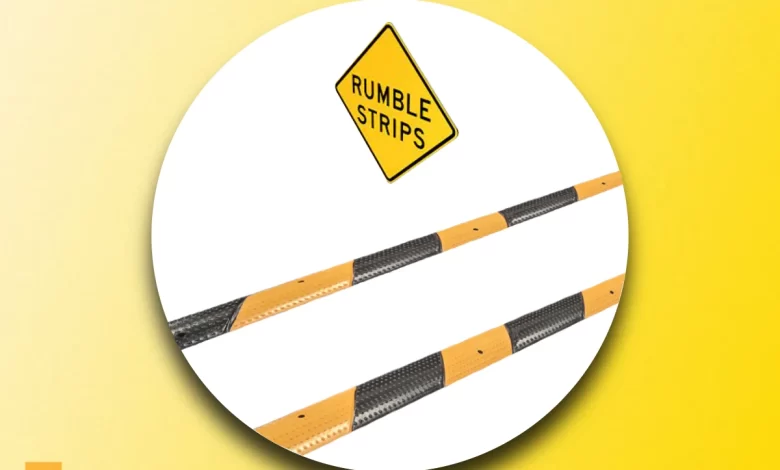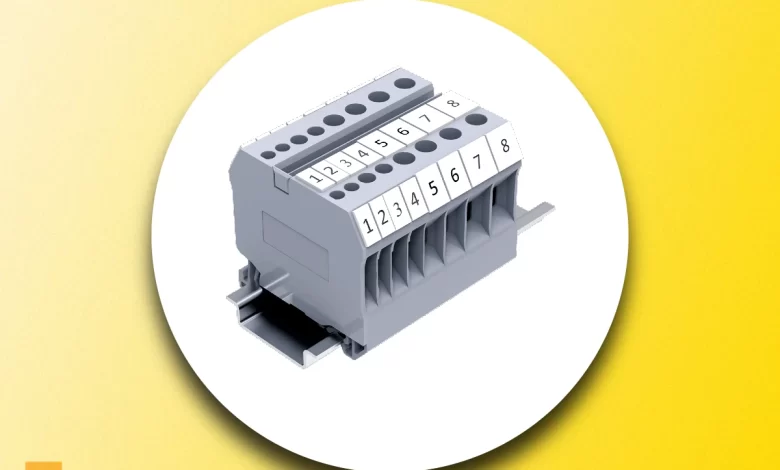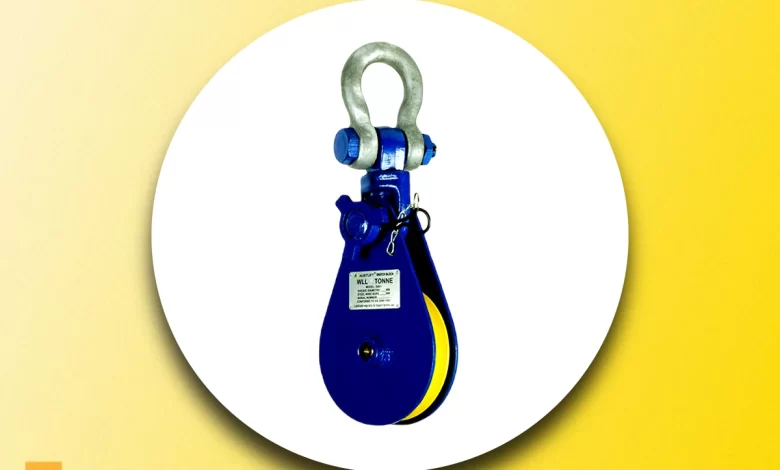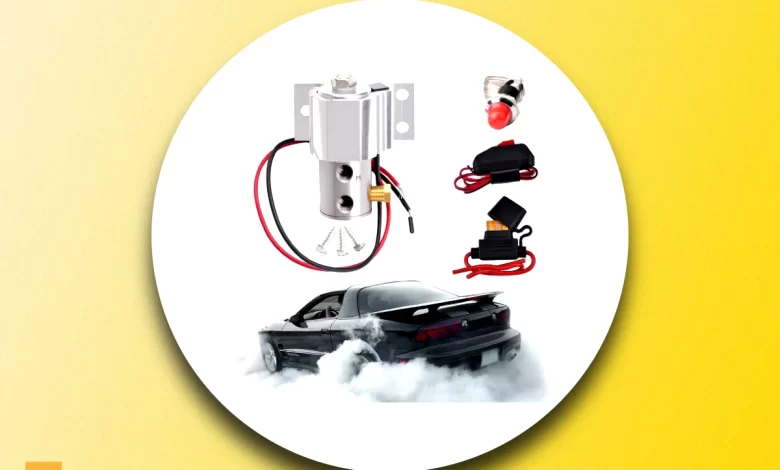In the exhilarating world of football fandom, there's a little-known secret that adds a whole new level of excitement to the game – football strip cards. If you're wondering what these mysterious cards are all about, you've come to the right place. Join me as we embark on a journey to uncover the magic of football strip cards, exploring how they work and why collectors and enthusiasts can't get enough of them. Football strip cards operate on a fascinating principle of chance and excitement. These collectible trading cards feature football players in their team uniforms, and their allure lies in the element of surprise. Collectors acquire packs not knowing which cards they will find, creating a sense of anticipation akin to a treasure hunt. As they open each pack, the thrill of discovering a favorite player's card or a rare find fuels the excitement. Football strip cards come in various types, including base cards, insert cards, parallel cards, rookie cards, and vintage cards, each adding a unique dimension to the collecting experience. The value of these cards is influenced by factors such as player popularity, rarity, condition, and historical significance. Cards featuring legendary players or unique attributes often command higher…
In the fast-paced world of motorsports, safety takes precedence alongside speed. Wheel tethers, often unsung heroes of racing, play a pivotal role in ensuring the well-being of drivers and spectators. These unassuming devices are engineered to withstand the extreme forces generated during high-speed crashes, preventing the potentially catastrophic detachment of a race car's wheels. Comprising high-strength materials like Kevlar and carbon fiber, wheel tethers engage with precision, distributing forces and absorbing energy upon impact. Whether it's Formula 1, IndyCar, or other racing disciplines, understanding how wheel tethers work is paramount to appreciating the relentless commitment to safety in motorsports. So, let's delve into the intricacies of this critical safety component, uncovering the technology that keeps wheels securely attached to the chassis and exploring the innovations that promise an even safer future for racing enthusiasts worldwide.
Window locks, often underestimated in the realm of home security, play a pivotal role in fortifying our homes against potential intruders. These unassuming devices come in various forms, each designed to cater to specific window types and security needs. From the classic sash locks that secure double-hung windows to the discreet sliding window locks ideal for modern living spaces, each type employs its unique mechanism to ensure windows remain impervious to external threats. Keyed locks, with their need for a physical key, provide an added layer of security, especially for casement windows. Ventilation locks, on the other hand, allow for partial window opening while maintaining a robust barrier against unwanted entry. For those who value visible deterrence, window bars and grilles serve as formidable sentinels, boldly declaring a commitment to home security. In this comprehensive exploration, we delve into the intricate world of window locks, unraveling their mechanisms and understanding how they contribute to enhanced home security. Whether you seek to secure a traditional double-hung window or a modern sliding window, comprehending the functionality of window locks empowers you to make informed choices, ensuring your home remains a sanctuary of safety and serenity.
Portable door locks are your silent protectors, offering an extra layer of security wherever you go. Whether you're a traveler seeking peace of mind in unfamiliar accommodations or a homeowner reinforcing your safety, understanding how these compact devices work is paramount. These ingenious locks come in two primary types: door jammer locks and travel door locks. Door jammer locks are placed under the door handle, acting as a wedge to prevent it from turning. On the other hand, travel door locks attach to the door's strike plate, preventing the latch from retracting, thereby securing the door. The beauty of these locks lies in their simplicity; they require no intricate installation or technical expertise. When choosing the right portable door lock, consider factors like door compatibility, ease of use, and materials. Portable door locks leave no lasting damage, making them ideal for use in various settings, including hotels, rental properties, or your own home. While they offer an effective deterrent against unauthorized entry, it's essential to be aware of their limitations, as no lock is entirely foolproof.
Straps, those unassuming yet indispensable tools, are the unsung heroes of our daily lives. Ever wondered how these seemingly simple bands of material work their magic? From securing tents on outdoor adventures to safely fastening heavy cargo during transportation, straps serve various purposes. The mechanics behind straps lie in their design and materials, with different types of straps offering unique mechanisms for achieving their intended function. Webbing straps, often crafted from durable nylon or polyester, rely on manual tension for secure fastening. They are the go-to choice for outdoor enthusiasts, providing robust support for gear and equipment. In contrast, ratchet straps employ a mechanical ratchet system to precisely tighten and secure loads, making them ideal for cargo transportation where precision matters. If you've ever used hook and loop straps, like the renowned Velcro, you're familiar with their simplicity and versatility. These straps create tension through the interlocking of hook and loop surfaces, making them easy to fasten and unfasten. Buckle straps, on the other hand, utilize sturdy buckles to provide dependable closure, commonly found on luggage, backpacks, and pet collars.
Ratchet straps, those unassuming yet indispensable tools of cargo management, hold the power to transform the precarious into the secure. In the world of transportation and logistics, they are the unsung heroes that ensure your goods reach their destination intact. But how do ratchet straps work their magic, and what sets them apart from other securing methods? At their core, ratchet straps are a symphony of mechanical precision. They comprise a robust webbing material, a ratchet buckle, and a strategic arrangement of attachment points. The webbing, constructed from resilient materials, becomes the trusty companion of your cargo, enfolding it in a secure grip. It is the canvas upon which the story of secure transportation is written. The true artistry of ratchet straps lies in their ratchet buckle. This intricate device, equipped with gears and a pawl mechanism, embodies the essence of tension control. As the ratchet handle is turned, the gears engage, allowing the webbing to be pulled through the ratchet in one direction. The pawl, a vigilant guardian, clicks into place with each tooth on the gear, maintaining the webbing's tension. This ingenious ratcheting action permits you to apply substantial force, ensuring your cargo remains steadfastly in place.
Rumble strips, those textured road features you encounter while driving, are more than just an occasional annoyance. They are precision-engineered safety tools with a crucial mission: to keep us safe on the road. But how do rumble strips work their magic? Imagine you're cruising down the highway, lost in thought, and suddenly your vehicle emits a loud, rhythmic noise, accompanied by a distinct vibration. That's the unmistakable sign you've just crossed over a set of rumble strips. These strips aren't there to disrupt your peaceful drive; they are meticulously designed to alert you to potential dangers and keep you on the right track. Rumble strips create sensory feedback for drivers. They consist of raised, evenly spaced bumps or grooves on the road's surface. When your vehicle's tires roll over these textured surfaces, it generates vibrations and noise inside the cabin. These sensations serve as an abrupt wake-up call, pulling your attention back to the road and prompting you to stay in your lane. They're particularly effective at preventing lane departure accidents, discouraging drowsy driving, and encouraging speed reduction. So, the next time you feel those familiar vibrations beneath your tires, remember that it's a small yet essential reminder to stay…
Terminal blocks, the unsung heroes of electrical engineering, play a pivotal role in establishing connections within electrical systems. These unassuming devices provide a secure and organized way to link wires, conductors, or components, ensuring reliable electrical pathways. But how do terminal blocks work, and what makes them such indispensable components in the world of electrical connections? At their core, terminal blocks consist of a non-conductive body housing multiple metal terminals. These terminals can take various forms, from screw-type terminals that require manual tightening to spring-loaded terminals that allow for tool-free wire insertion. The key function of these terminals is to provide a secure point of contact for electrical conductors, creating a reliable path for the flow of electricity. Terminal blocks find applications in a wide range of industries, from industrial automation and telecommunications to residential wiring and automotive systems. Their versatility lies in their ability to simplify complex wiring tasks, reduce clutter, and enhance the safety of electrical connections. Whether you're a seasoned electrician, a DIY enthusiast, or simply curious about the inner workings of electrical systems, understanding how terminal blocks work is a valuable piece of knowledge. In this comprehensive guide, we'll delve deeper into the intricate mechanisms, types,…
Snatch blocks, often regarded as unsung heroes in rigging and hoisting operations, play a pivotal role in the world of heavy lifting and pulling. These unassuming mechanical devices are designed to change the direction of force and enhance mechanical advantage, making it easier to handle heavy loads with precision and efficiency. At their core, snatch blocks consist of a grooved wheel, known as a sheave, mounted within a sturdy frame. The sheave guides ropes, cables, or chains while minimizing friction, allowing for smooth and controlled movement. This ingenious mechanism works by altering the path of the rope or cable, ensuring that tension is maintained throughout the operation. One of the primary benefits of snatch blocks is their ability to provide mechanical advantage. A single snatch block can offer a 2:1 mechanical advantage, meaning you can lift a load twice as heavy with the same amount of force. For heavier tasks, double snatch blocks come into play, providing an impressive 4:1 mechanical advantage. This increase in mechanical advantage empowers operators to tackle substantial loads while minimizing physical exertion. Intricately woven into industries such as construction, forestry, maritime, and rescue operations, snatch blocks are essential tools for redirecting force, changing load directions,…
In the world of outdoor adventures and do-it-yourself projects, the functionality of line locks is a topic of significance. Line locks, also known as rope grips or tensioners, are simple yet ingenious devices that serve as the linchpin for maintaining tension in ropes or cords. Whether you're a seasoned camper, an avid hiker, a fishing enthusiast, or someone engrossed in creative DIY projects, understanding how line locks work can significantly enhance your skill set and the efficiency of your endeavors. At the core of line locks lies a fundamental principle: friction. These unassuming tools consist of key components, including a body, a cam mechanism, and, in some models, a tensioning mechanism. When you pull a rope or cord through a line lock, the cam mechanism comes into play, gripping the line tightly against the inner surface of the body. This action generates friction, holding the line securely in place. The result? A hassle-free and reliable way to keep your lines taut without the need for constant manual adjustments. Line locks come in various types, each tailored to specific applications. Some are built to handle heavy loads, making them ideal for securing large tents or anchoring gear, while others are lightweight…
